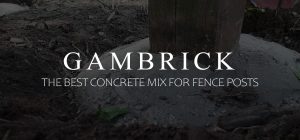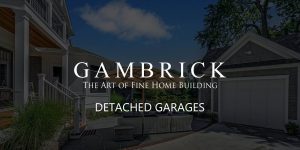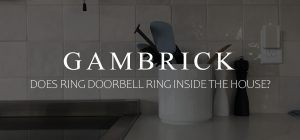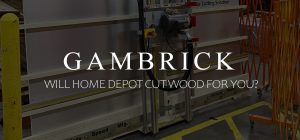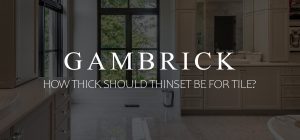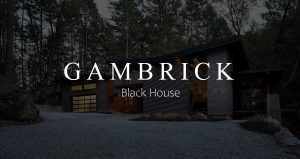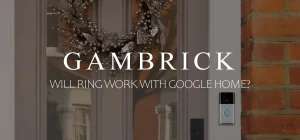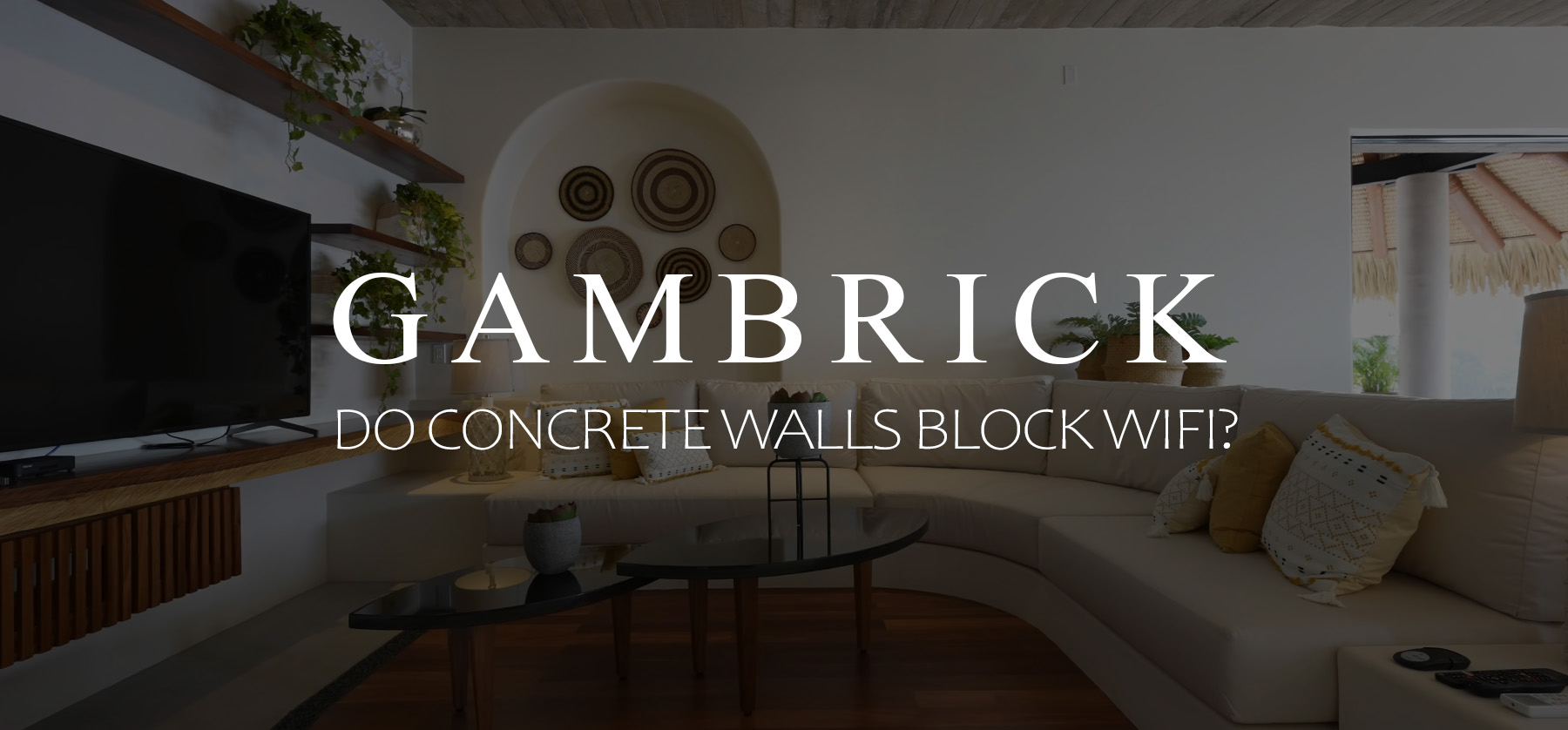
Do Concrete Walls Block WiFi?
Concrete walls block WiFi signals if they’re poured solid or built out of blocks. The thicker the wall the harder it is for a signal to pass through. Especially if the wall contains steel reinforcement like horizontal and vertical rebar. Exterior concrete foundation walls are load bearing, can be over 6 inches thick, and are typically solid concrete. WiFi won’t pass through a concrete wall that dense. But interior concrete walls are usually thinner and often hollow. If the concrete wall is thin and made from block with hollow cells, there’s a slim chance some WiFi signal will pass through. But if the wall is solid concrete the signal will bounce right off. Solid concrete is too dense for a radio signal to penetrate.
The makeup of the concrete matters too. Some concrete mixes are denser than others with larger stones. The larger and more abundant the stones, the harder it is for WiFi to penetrate. Very dense concrete is like trying to pass a WiFi signal through solid rock. There’s no way to do it.
Then there are wall coverings to consider. In addition to the concrete wall, there may be drywall, plaster, tile, brick, wood paneling, or other finishes. Each finish has it’s own resistance to a WiFi signal. You can paint concrete walls, but it doesn’t effect a WiFi signal.
The thicker the concrete, and wall covering, the harder it is for a WiFi signal to pass through. Even with the help of a WiFi booster, a.k.a. WiFi repeaters or WiFi extenders, you won’t get the signal through.
But there are solutions for getting a WiFi signal through a solid concrete wall that we’ll discuss ahead.
Can WiFi Pass Through Concrete Walls?
Solid concrete is very dense and easily repels a WiFi signal. The thicker the wall, the harder it for a signal to pass through. And then there’s steel reinforcement to consider. If a cement wall has vertical and horizontal rebar it forms an interlocking grid of steel.
Concrete is very dense, so it repels radio signals like WiFi. Its density also makes it extremely hard to do other things like hang a picture or run hard wires.
Radio waves like WiFi don’t like metal structures, especially when they intersect each other at right angles. This causes the concrete structure to act like a Faraday cage. Any signal that manages to work it’s way into the concrete can be stopped by the rebar.
Exterior concrete walls are almost always solid and reinforced. And they’re thicker than most interior walls because they’re load bearing.
If you’ve got interior concrete walls, especially if they’re made from block, there’s a very slim chance some signal can penetrate. WiFi tests have shown that an 8 inch hollow block wall can stop a radio signal. The outer layers of a block are about an inch thick per side and then there’s the grout. Even hollow block walls are still very solid and usually contain some type of reinforcement.
If you’ve got poured concrete walls, there’s no way a WiFi signal will pass through. The only slim chance a signal has is if the wall is thin and hollow.
Here’s a chart showing WiFi loss through a variety of wall materials. As you can see, even a hollow block wall almost entirely block a WiFi signal from passing through.
| Material | Loss in decibels at 5 GHz |
|---|---|
| 8″ Concrete | 55,1581 |
| 4″ Concrete | 26,0008 |
| Brick | 15,2806 |
| Hollow Masonry Block | 14,9250 |
| Wood | 3,2778 |
| Glass | 0,0688 |
| Drywall | ~ 0 |
| Plywood | ~ 0 |
WiFi Band Matters
The band of your WiFi signal matters too. A tri-band or dual-band router is better than a single band. Each band plays a role in providing a strong and stable connection. However, does 5GHz WiFi go through concrete walls?
A 5Ghz frequency is high with a short range. The signal will have a very hard time penetrating a concrete wall even if it’s hollow and thin.
However a 2.4Ghz WiFi frequency is lower and stronger. There’s a slim chance you’ll be able to pass through a concrete wall if it’s thin and hollow. Although you will still have some signal loss. From what I’ve seen it’s at least a 2-3 bar loss.
Keep in mind that this is for thin, hollow concrete walls built with block. If you’ve got a solid concrete wall with rebar, 2.4Ghz won’t pass through it.
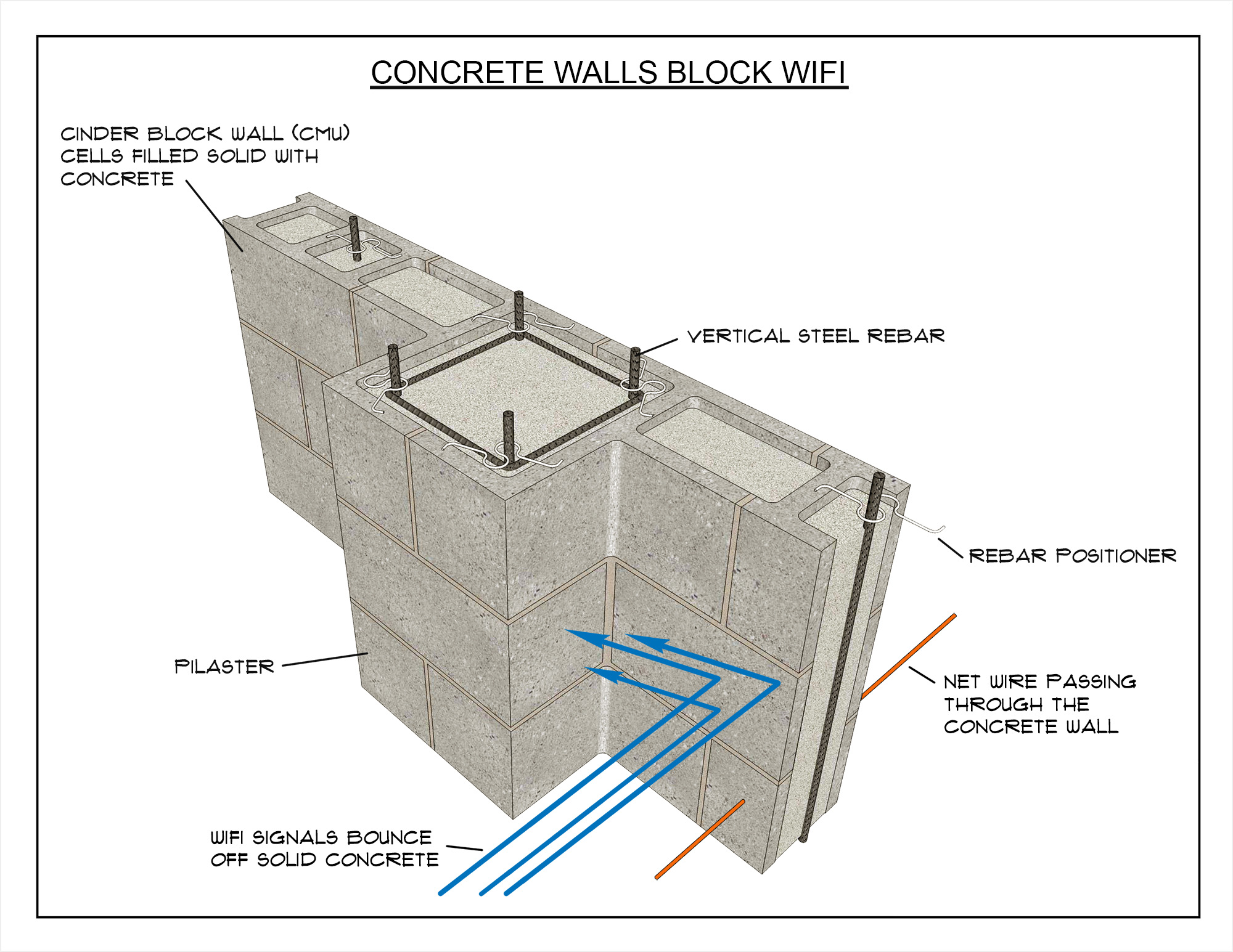
How To Get WiFi Through Concrete Walls
Even if you have a thin hollow block wall with no rebar and a great WiFi signal, there will still be significant signal loss. There’s no way to pass a WiFi signal through concrete walls. But you can go around them.
I build Modern style homes that frequently have poured concrete walls. And they all have WiFi throughout. The way we do it is with wiring and multiple routers. I use a main router and then run cable to additional routers throughout the house in areas that require the best internet signal. Anywhere people will use their phones, laptops or TVs.
You can also take advantage of how WiFi bounces off walls. Even though the signal won’t pass through a concrete wall, it will go through wood doors and vents. It will also bounce off walls and work it’s way around corners. You’d be surprised how far a signal will go in a house with all concrete walls if you position the router correctly.
Run the wires from your main router to addition rooms either along the exterior or interior of the house. Use a masonry drill bit to make a hole through the concrete wall where your wire can pass. make sure to make the hole only slightly bigger than the wire. Use an electrician’s fish tape to pull the wire through the hole without damaging it.
Make sure to caulk the hole after the wire is through to seal the hole. This is especially important if the hole is in an exterior wall.
Mesh WiFi
Mesh WiFi is another solution if you’ve got thick concrete walls. It won’t boost your signal enough to pass through the walls but it’ll help go around them. Mesh WiFi uses a main router and other small satellites that are all connected. They boost the connection between them to spread WiFi throughout the house. As long as a signal can reach another satellite the signal can keep spreading.
Mesh WiFi systems are wireless. I prefer running WiFi in a concrete house with wires and multiple routers, but if you want to go wireless, Mesh can help.
The connection devices bounce the network signal between them, ensuring that all the space within their range has a strong signal. The key is to position the main router first then a node. The first node will bounce the signal to the next node. You can install nodes all over the house to connect and bounce the signal around walls.
This bouncing creates a coverage area of signal that will cover the entire area where the devices are located. However they will not pass a WiFi through a concrete wall, they only go around them. To go through a concrete wall, you need a hard wire.
The best mesh WiFi systems work because they find the quickest route between the router and other devices. If the nodes are spaced correctly, you’ll have coverage all over the home as long as signals can bounce between them.
The signal’s movement bounces around the concrete walls instead of going through them.
Use A Powerful Router
Even the strongest routers won’t penetrate a concrete wall. But they’ll help if you’re using a Mesh WiFi system or relying on the signal bouncing around the house. WiFi signals will bounce off concrete walls and work there way around a house if nothing stops them. The stronger the signal, the better chance the signal will have to make it where you want it.
Use the best long-range router you can and make sure it has WiFi 6 technology. It includes built in features that help with connection issues. Make sure the router also has beam-forming technology and QoS to improve signal distribution.
The router should either be dual-band or tri-band. More bands makes signal strength better from different distances. This is helpful if your not using extenders or a Mesh system.
A good router can help your WiFi signal a lot if you live in a house with concrete walls.
Summary: Do Concrete Walls Block WiFi?
Concrete walls block WiFi signals if they’re poured solid or left as hollow blocks. The thicker the wall the harder it is for a signal to pass through. Especially if the wall contains steel reinforcement like horizontal and vertical rebar. Some exterior concrete foundation walls can be a foot thick and solid concrete. WiFi won’t pass through a wall that dense. But interior concrete walls are usually thinner and often hollow. If the concrete wall is thin and made from block with hollow cells, there’s a slim chance some WiFi signal will pass through. But if the wall is solid concrete the signal will bounce right off. Solid concrete is too dense for a radio signal to penetrate.
The makeup of the concrete matters too. Some concrete mixes are denser than others with larger stones. The larger and more abundant the stones, the harder it is for WiFi to penetrate. Very dense concrete is like trying to pass a WiFi signal through solid rock. There’s no way to do it.
Then there are wall coverings to consider. In addition to the concrete wall, there may be drywall, plaster, tile, brick, wood paneling, or other finishes. Each finish has it’s own resistance to a WiFi signal.
The thicker the concrete, and wall covering, the harder it is for a WiFi signal to pass through. Even with the help of a WiFi booster, a.k.a. WiFi repeaters or WiFi extenders, you won’t get the signal through.
If you have any questions or comments about concrete or smart home devices, email any time.

John Mazzuca | About | More Posts |
Custom Home Builder
John Mazzuca is a custom home designer and builder at Gambrick with over 25 years experience in the construction industry. John has designed, built and/or remodeled hundreds of homes, small buildings, and commercial projects. He writes about business, real estate, home building, and household electronics. His work has been featured in Fox Business, Better Homes & Garden, House Beautiful, and more.


